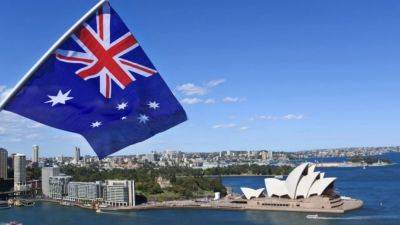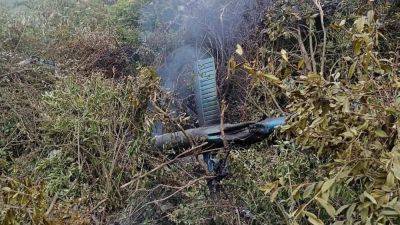Australia PM replaces immigration, national security ministers after scandals
Albanese has sought to draw a line under the politically damaging saga, dumping Home Affairs Minister Clare O’Neil and Immigration Minister Andrew Giles and moving them into new portfolios.
Both roles were taken over by veteran government problem solver Tony Burke.
Some of the detainees were charged with further crimes after they were released, stoking a barrage of bad publicity for the centre-left Labor government.
Officials scrambled to fit the cohort with ankle monitoring bracelets while imposing other strict conditions such as curfews.
Under the old policy, migrants could be detained indefinitely if Australia refused them a visa but could not legally deport them elsewhere – for example, if they faced the death penalty in their home country.
With nowhere to go and no hope of release, many languished inside spartan Australian detention centres for years.
But a High Court ruling in November found this was “unlawful”, overturning a 20-year-old bipartisan policy and forcing the release of almost 150 people.
Of those freed, more than 70 had been refused visas after racking up convictions for assault and other violent crimes, while seven had been convicted of murder or attempted murder.
Australia began the mandatory detention of people without visas in 1992.
The average immigration detainee in Australia is held for 708 days, according to figures from Human Rights Watch, and more than 120 people have been in detention for over five years.
Australia’s hardline border policy was originally framed as a reaction to significant numbers of people arriving by boat from Vietnam, Cambodia and China.
But it was pilloried by refugee advocates, with the United Nations refugee agency describing the policy as “arbitrary” and “punitive”.







